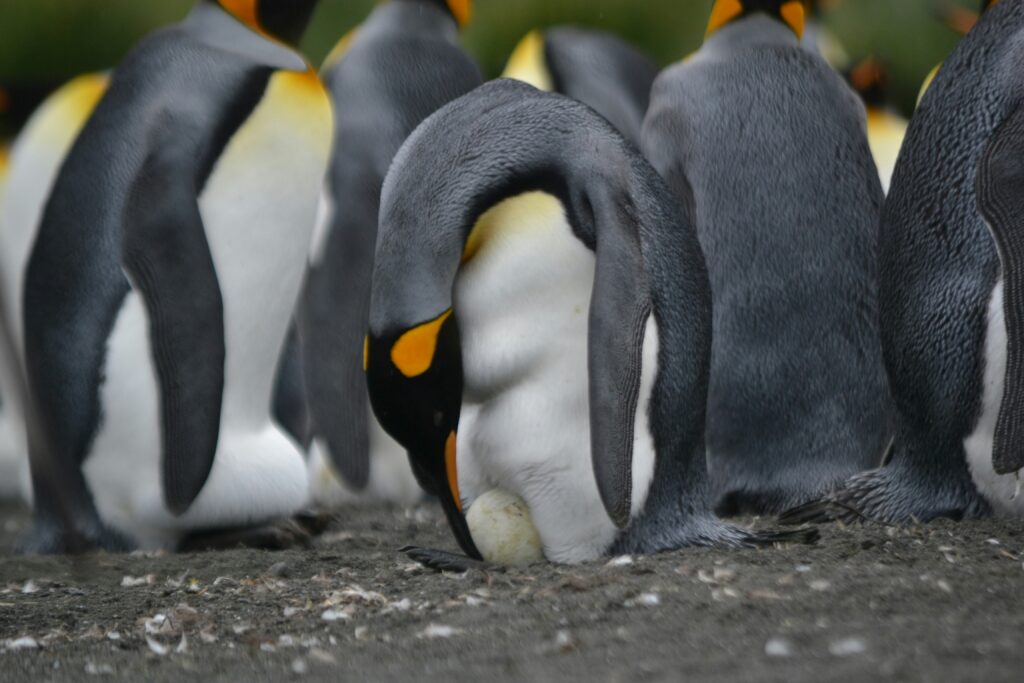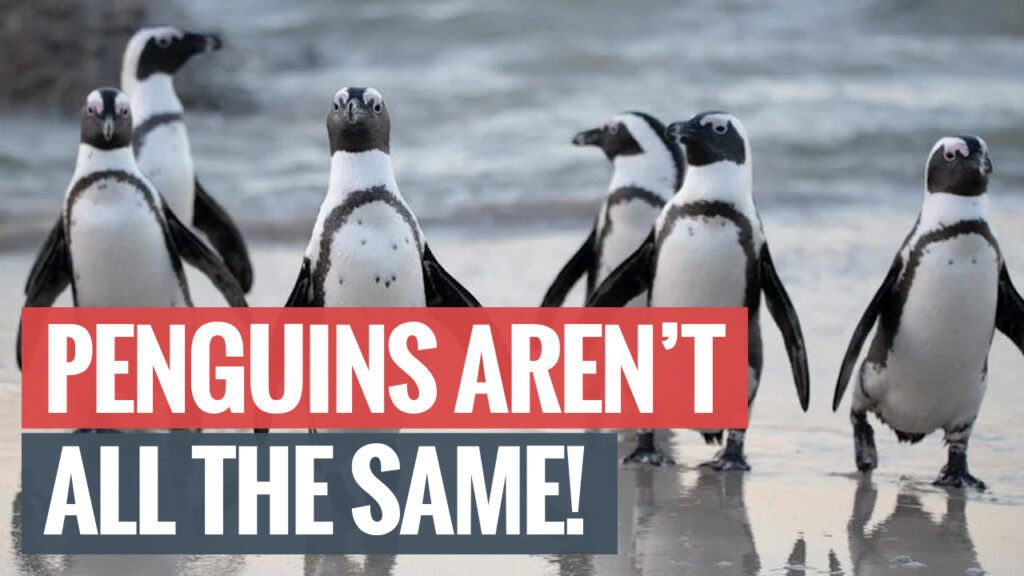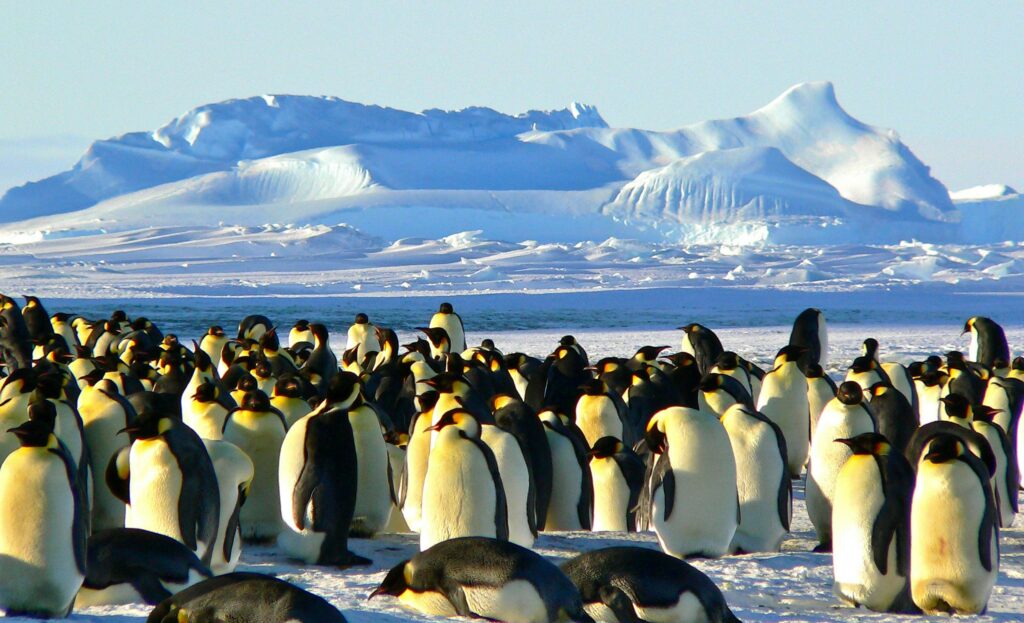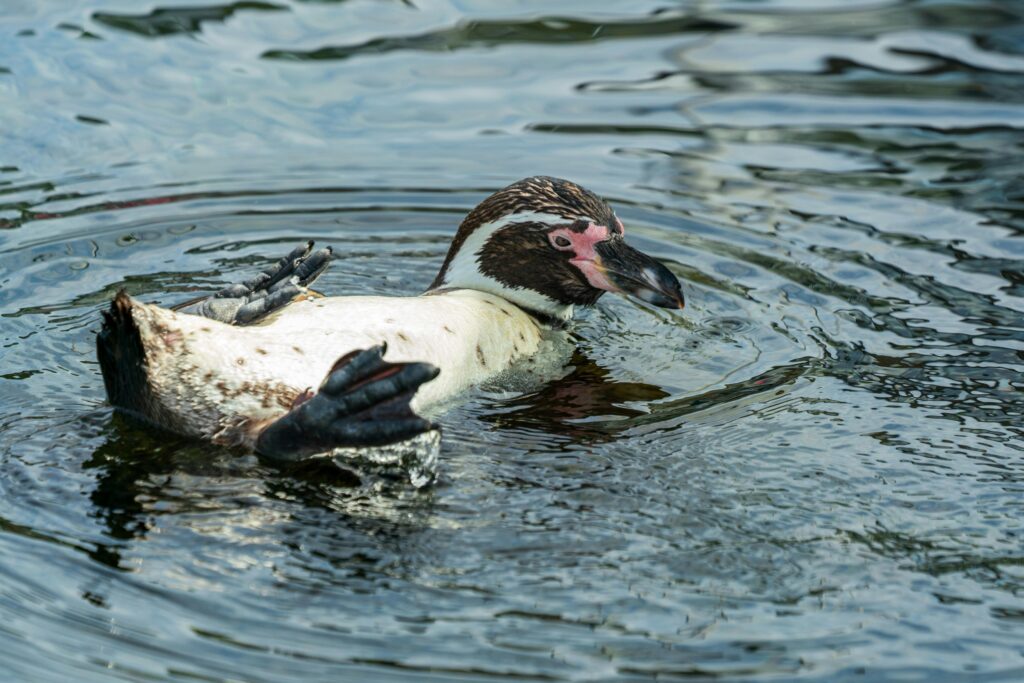In the unforgiving wilderness of Antarctica, where temperatures plunge to unbearable lows and icy winds howl relentlessly, a remarkable story of love and sacrifice unfolds. Here, penguins—especially emperor and gentoo penguins—defy the odds to nurture their young in one of the harshest environments on Earth.
Penguin parenting is unlike anything else in the animal kingdom. From incubating eggs in freezing conditions to braving starvation and fending off predators, these devoted parents go to extraordinary lengths to raise their fragile chicks. But how do they manage to protect and care for their young in such an extreme climate?
The Beginning of Devotion: Incubating the Egg

The journey of parenthood begins the moment a penguin lays an egg. For emperor penguins, the mother lays a single egg and then entrusts it to the father before embarking on a long trek to the ocean to feed, having depleted most of her energy producing the egg.
Meanwhile, the father takes on the crucial responsibility of keeping the egg warm. Balancing it carefully on top of his feet, he tucks it under a special flap of skin called the brood pouch, shielding it from the bitter cold. This delicate process is a matter of life and death—if the egg touches the ice, even for a moment, it could freeze instantly.

For an astonishing two months, the father fasts, enduring the brutal Antarctic winter while cradling the egg. With temperatures plummeting as low as -60°C (-76°F), survival depends on forming tightly packed huddles with other penguin fathers, creating a living fortress against the cold. Despite losing nearly half of their body weight, these devoted fathers endure without complaint.
At last, after two months of unwavering dedication, the mother returns—just in time for the chick to hatch.
A New Life Begins: Caring for the Chick

When a penguin chick hatches, it is weak, vulnerable, and covered in soft gray down that offers little protection from the cold. At this critical stage, both parents must work together to keep their baby warm and well-fed.
Since the father has not eaten for months, he is unable to provide food. The moment the mother returns, she regurgitates a rich, nutrient-packed meal for the chick. From this point on, the parents take turns heading out to sea to hunt, ensuring their baby remains fed and safe.
Unlike emperor penguins, gentoo and Adélie penguins build nests out of small stones to keep their chicks off the freezing ground. In a humorous yet essential survival tactic, penguins have been observed stealing pebbles from their neighbors’ nests—a sneaky but effective way to secure the best spot for their young.
Protecting Their Young Against All Odds
Raising a chick in Antarctica is no easy task. Parents must constantly guard against threats that lurk nearby.
1. Predators: Seals and Skua Birds


While at sea, penguins face deadly predators such as leopard seals and orcas, which lie in wait, ready to ambush them as they dive into the water to catch fish.
On land, young chicks are at risk from skuas, predatory seabirds that snatch unattended eggs and even prey on vulnerable chicks. This constant threat keeps penguin parents on high alert, never straying too far from their offspring.
2. Climate Change and Environmental Challenges

Beyond natural predators, penguins now face an even greater challenge: climate change. Rising global temperatures are melting Antarctic ice, disrupting delicate ecosystems. Warmer waters affect the availability of fish and krill, making it harder for penguin parents to find enough food for their chicks. Without sufficient nourishment, many chicks struggle to survive, making an already challenging upbringing even more precarious.
The Path to Independence
As penguin chicks grow, they gradually develop the skills needed to survive on their own. To help them adjust, parents place them in a “crèche”, a penguin daycare of sorts, where young chicks huddle together for warmth and protection. This cooperative system reduces the risk of predation and allows parents to venture out in search of food.
After a few months, the chick’s soft gray down is replaced with waterproof adult feathers, signaling the time for its biggest challenge yet—leaving the colony and venturing into the ocean alone.
However, independence comes with great risk. Young penguins must quickly learn how to swim, hunt, and evade predators. Sadly, less than 50% of them survive to adulthood. But for those that do, they will one day return to the same breeding grounds, continuing the cycle of devotion and resilience.
Lessons from the Penguins: A Story of Love and Sacrifice
The dedication of penguin parents is nothing short of inspiring. Despite unimaginable hardships, they put their chick’s survival above everything else.
Their story of endurance, patience, and selflessness serves as a beautiful reminder of the unwavering love that parents—both in the animal kingdom and in our own lives—have for their children.
In the midst of Antarctica’s bitter cold, a miracle of warmth unfolds every single day—the unconditional love of a parent for its child.
#Penguins #PenguinParenting #WildlifeLove #NatureMiracles #AnimalParenting #Antarctica #WildlifeStory #Heartwarming




